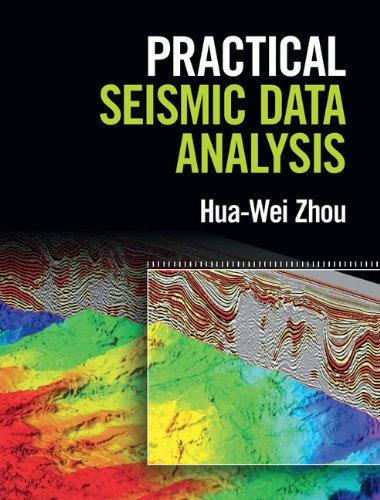Cross-correlation is used to measure the similarity between two vectors (mathbf{u}=left(u_{1} ight.), (left.u_{2}, ldots, u_{N} ight)) and
Question:
Cross-correlation is used to measure the similarity between two vectors \(\mathbf{u}=\left(u_{1}\right.\), \(\left.u_{2}, \ldots, u_{N}\right)\) and \(\mathbf{v}=\left(v_{1}, v_{2} \ldots, v_{N}\right)^{\mathrm{T}}\). By removing the averages \(\bar{u}\) and \(\bar{v}\), we obtain residual vectors \(\Delta \mathbf{u}=\left(u_{1}-\bar{u}, u_{2}-\bar{u}, \ldots, u_{N}-\bar{u}\right)\) and \(\Delta \mathbf{v}=\left(v_{1}-\bar{v}, v_{2}-\bar{v}, \ldots, v_{N}-\right.\) \(\bar{v})\). Is the cross-correlation between \(\mathbf{u}\) and \(\mathbf{v}\) the same as the cross-correlation between \(\Delta \mathbf{u}\) and \(\Delta \mathbf{v}\) ? Please explain your answer with evidence.
Fantastic news! We've Found the answer you've been seeking!
Step by Step Answer:
Related Book For 

Question Posted:





